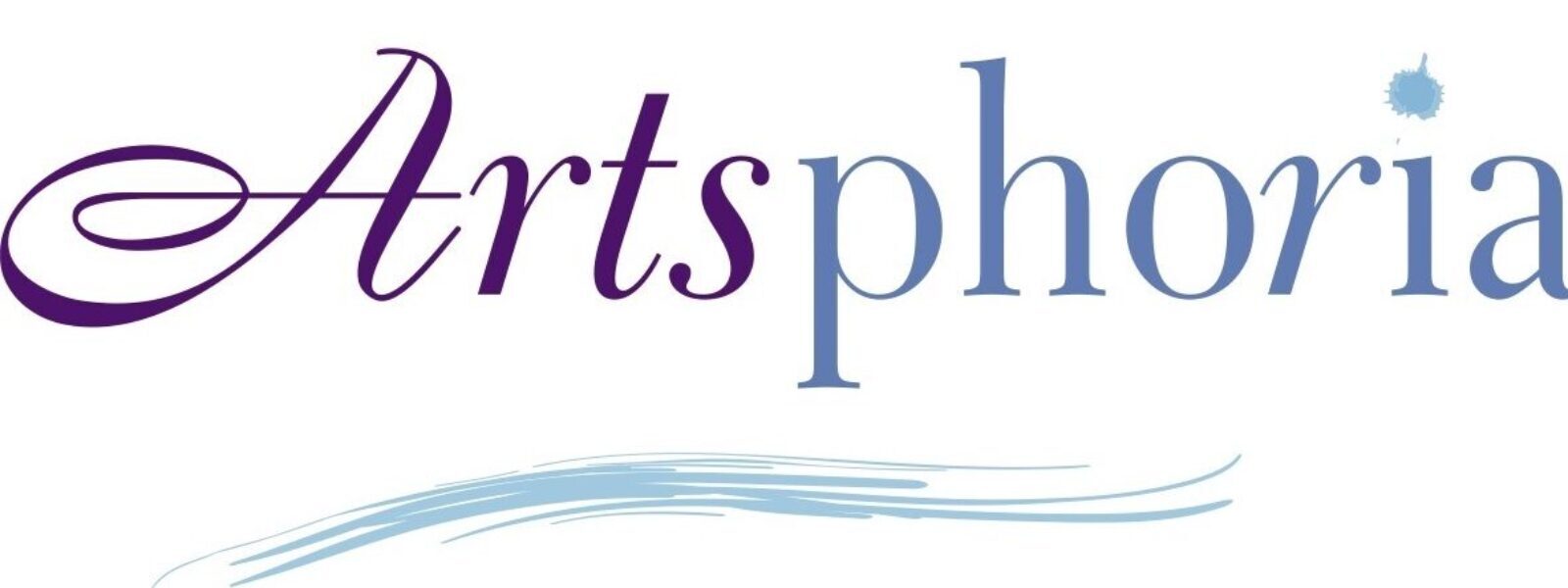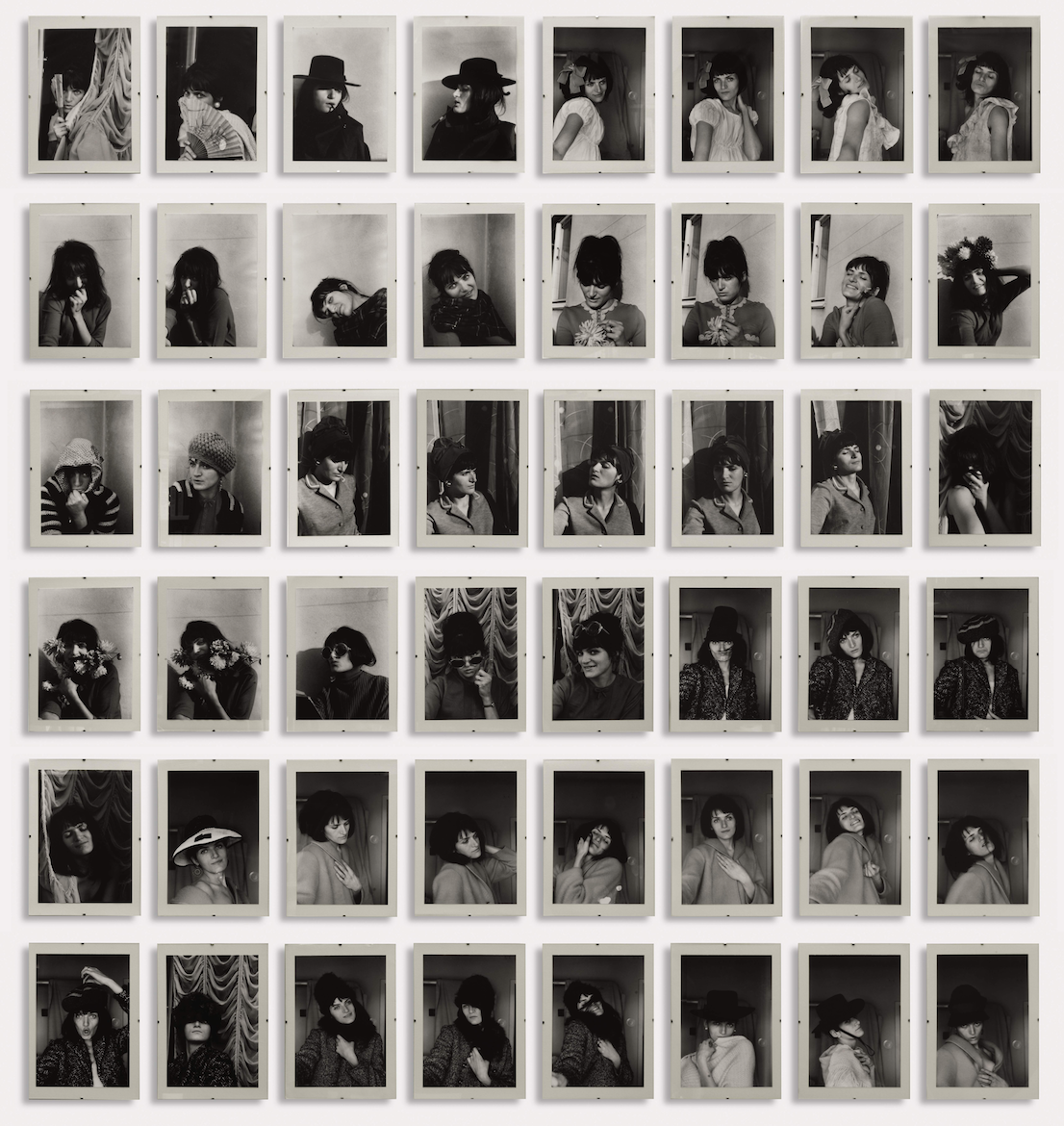Through September 24, 2017, the Galleria Nazionale d’Arte Moderna e Contemporanea in Rome, Italy, presents the exhibition Body to Body, curated by Paola Ugolini.
The exhibition at Galleria Nazionale d’Arte Moderna e Contemporanea analyzes the exact moment when the artist’s work is characterized by the appropriation of new languages that range from dance to the event, from the happening to theater, from painting to music, from theory to sculpture and from cinema to video. Within these complex cultural events, the exhibition in Rome, Italy, aims to cut out only the space in which the artist, having left behind the traditional art forms, uses his or her body as a means of expression.
It is a crucial moment that covers the two decades of the 1960s and 1970s, years of consciousness-raising and self-determination, characterized by experimental research that varyingly expressed the feminist themes of such artists as Marina Abramović, Tomaso Binga, Sanja Iveković, Ketty la Rocca, Gina Pane, Suzanne Santoro, and Francesca Woodman, and of dance pioneers like Trisha Brown, Simone Forti and Yvonne Rainer.
In recent years, the language of the body has been exploited by Italian artists of our newest generation, such as the couple formed by Eleonora Chiari and Sara Goldschmied, Chiara Fumai, Silvia Giambrone, Valentina Miorandi, and Alice Schivardi – and by the Paris-based artistic group Claire Fontaine. All of these Italian artists have re-actualized the legacy of those who came before them, creating a series of works that combine the rationale of aesthetics with that of politics. Their work brings to life the characteristics that the American critic Lucy Lippard acknowledged as being feminism’s contribution to the 1970s art scene: art that is “aesthetically and socially effective at the same time” and characterized “by an element of dissemination and by a need to be connected beyond the process and the product.”
Still today, photography, the gesture and performance art are ideal instruments, used in the early 1960s by women artists, to continue to undo language and traditional means of expression and to emphasize their inadequacy. Indeed, verbal language has often proven to be inadequate for defining complex states of mind. For this reason, its visual destructuring, by way of the collage and the video, continues to be of crucial importance for expressing sentiments and viewpoints to be analyzed using other means of expression.

